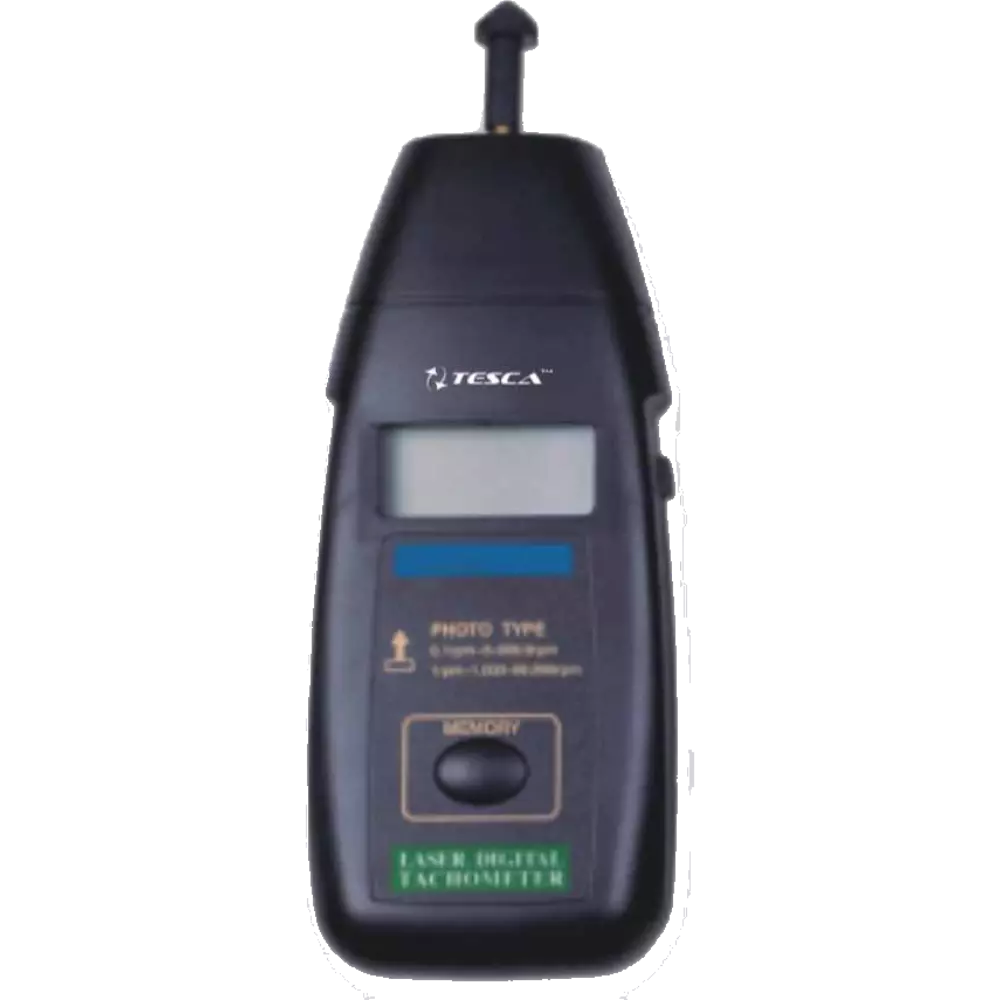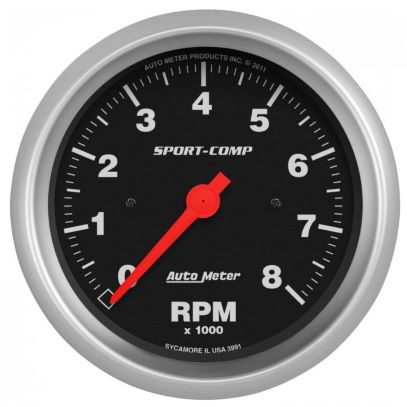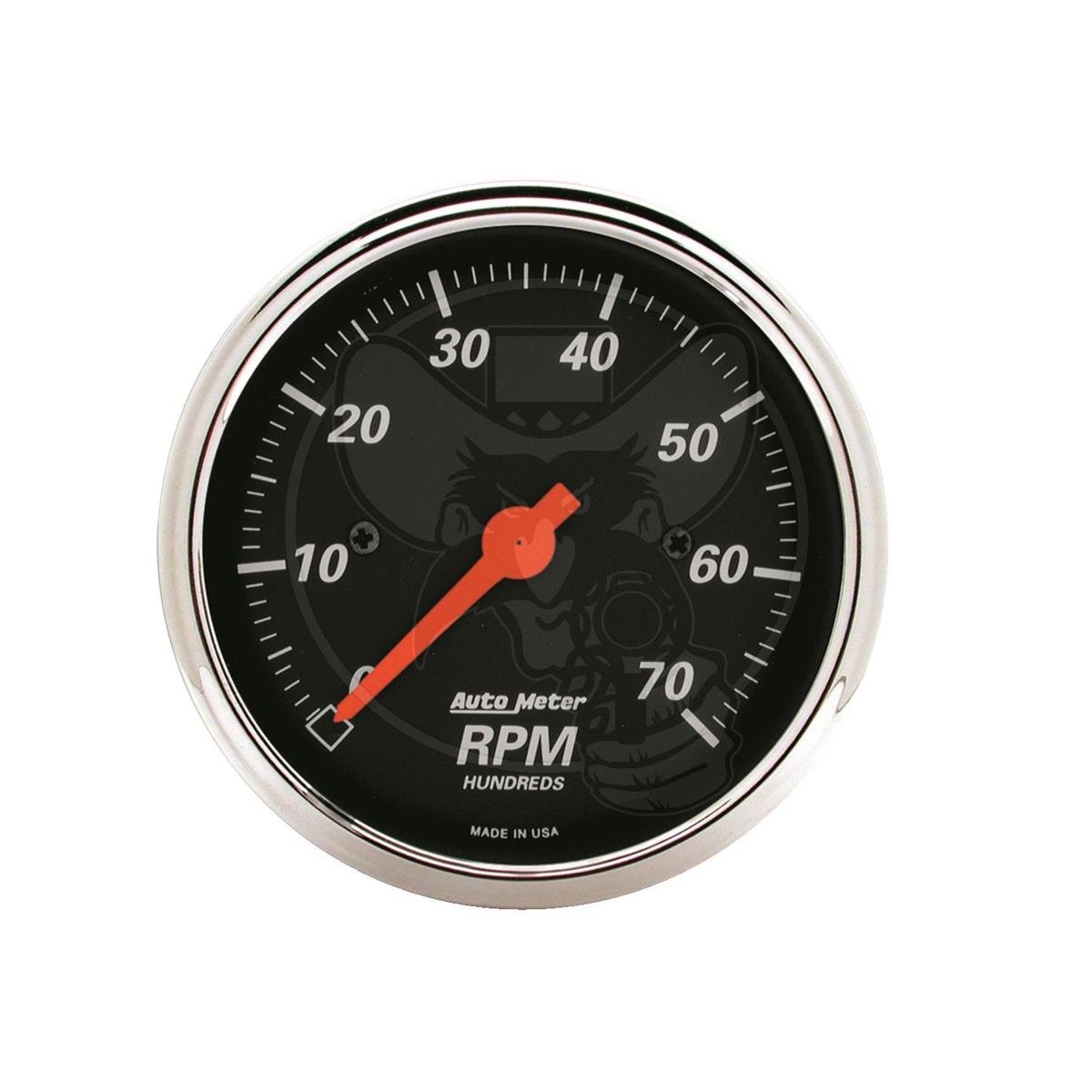Tachometer Basics: Everything You Need to Know for Accurate Readings
Wiki Article
The Importance of a Tachometer in Monitoring Engine Rate and Efficiency in Automotive Applications
In the realm of automotive design, the tachometer stands as an essential tool in the vehicle driver's collection, giving a direct home window right into the internal operations of a lorry's engine. Past its feature as a simple scale of transformations per minute (RPM), the tachometer offers as a crucial device for enthusiasts and specialists alike, offering real-time insights right into engine performance and health.Relevance of Keeping An Eye On Engine RPM
Keeping track of engine RPM, or revolutions per minute, is a critical element of auto upkeep and efficiency evaluation. Engine RPM straight associates with the speed at which the engine's crankshaft rotates, suggesting how promptly the engine is running - tachometer. By keeping track of RPM, auto mechanics can evaluate the health and wellness of the engine, spot prospective issues, and fine-tune efficiency. An unusual RPM reading might indicate problems such as engine misfires, malfunctioning trigger plugs, or concerns with the fuel delivery system. Consistently high RPM analyses can show aggressive driving behaviors or the requirement for a higher gear change to boost fuel efficiency.Additionally, keeping an eye on engine RPM is essential for efficiency analysis in racing and high-performance automobiles. In summary, monitoring engine RPM is not only crucial for detecting concerns however additionally for maximizing engine performance in various vehicle applications.

Advantages of Real-Time Information
In automobile applications, real-time information plays an essential duty in offering instantaneous insights right into the efficiency and condition of the vehicle. By constantly monitoring numerous criteria such as engine rate, temperature level, fuel consumption, and more, real-time information provides many benefits that add to enhanced efficiency and safety and security when traveling.
In addition, real-time data facilitates efficiency optimization by providing instant comments on driving habits and engine effectiveness. Chauffeurs can change their actions in real-time based on this information to attain better gas economy and lengthen the lifespan of their automobile.

In addition, real-time information plays a vital duty in modern-day automotive diagnostics, enabling professionals to quickly diagnose and resolve breakdowns. This brings about lowered downtime, lower upkeep costs, and ultimately, enhanced see overall lorry dependability and durability (tachometer). By harnessing the power of real-time information, auto stakeholders can make educated decisions that positively impact both the efficiency and long life of the vehicle
Influence On Equipment Shifts
The tachometer plays a critical duty in enhancing equipment changes by offering real-time engine rate data to the motorist. When coming close to the redline on the tachometer, it indicates the vehicle driver to upshift to protect against over-revving the engine and triggering prospective damages.Furthermore, the tachometer aids in achieving smoother gear changes, especially in hand-operated transmissions. By monitoring engine speed, drivers can carry out gear changes at the optimal RPM range, Recommended Reading minimizing jerking activities and minimizing endure the transmission elements. This accuracy on duty modifications not only boosts driving convenience however also adds to fuel performance.
Enhancing Fuel Performance
Offered the crucial role the tachometer plays in enhancing gear changes for efficiency and engine health, it why not try here straight adds to optimizing fuel performance in auto applications. By providing real-time responses on engine speed, the tachometer helps drivers in keeping the most reliable RPM variety for gas economic climate. When vehicle drivers constantly check the tachometer and change their motoring routines accordingly, they can prevent unnecessary fuel intake brought on by over-revving or hauling the engine.In addition, the tachometer aids drivers identify the most fuel-efficient gear to be in at any given minute, preventing the engine from working harder than necessary. In conclusion, the tachometer serves as a valuable tool in enhancing fuel efficiency by advertising optimum driving behaviors and recognizing locations for enhancement in the automobile's performance.

Maximizing Engine Longevity
The tachometer's duty in checking engine rate and performance contributes in guaranteeing the longevity of auto engines. By making use of the tachometer successfully, chauffeurs can enhance engine long life with conscious RPM administration. Constantly revving an engine too expensive can result in excessive wear and tear on important components, such as the pistons, shutoffs, and bearings. With time, this can cause lowered engine efficiency and possible breakdowns. Keeping an eye on the tachometer allows vehicle drivers to stay within the suggested RPM variety for their lorry, avoiding unnecessary strain on the engine and expanding its life-span.
Verdict
To conclude, the tachometer plays a crucial function in monitoring engine rate and performance in vehicle applications. By providing real-time information on RPM, it allows for effective gear shifts, boosted fuel effectiveness, and made the most of engine long life. This tool is necessary for maintaining ideal engine efficiency and making certain the general functionality of a lorry.Report this wiki page